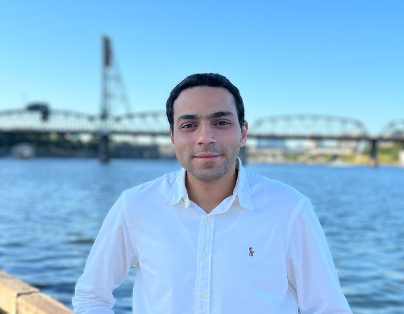Dissertation Defense
Antennas and Dielectric Characterization Techniques for Future Automotive Communications and Driving Assistance Systems
This event is free and open to the publicAdd to Google Calendar

PASSCODE: 533530
Improving vehicular safety can be divided into improving the available technologies such as automotive radar sensing or developing new commercial technologies that target vehicle-to-everything and vehicle-to-satellite connectivity.
This dissertation focuses on enhancing vehicular connectivity by developing antenna systems and characterizing dielectric materials, essential for applications such as vehicle-to-everything (V2X) communication. First, a novel broadband dielectric characterization technique is introduced for measuring low-loss dielectric slabs, particularly beneficial for materials like windshield glass. This technique enables the design of a 5G millimeter wave antenna system, optimized for mounting behind windshields or moonroofs. The antenna design overcomes the tradeoff between the antenna’s wide angular coverage and high gain by incorporating multiple simultaneous arrays with fixed and narrow beams.
Secondly, non-terrestrial vehicular connectivity is explored to fill communication gaps in underserved areas. A novel wideband circularly polarized patch array is designed, fabricated, and tested for vehicular satellite communication, offering scalability and simplicity in control. The feasibility of installing these arrays behind vehicle moonroofs without altering the vehicle’s exterior aesthetics is demonstrated.
Lastly, the dissertation addresses the improvement of vehicular radar performance through the development of dielectric characterization techniques suitable for vehicular paint. Automotive radars are typically placed behind the vehicle bumper or emblem, which is then painted over, affecting the radar performance. These techniques serve various paint types commonly used on vehicles, enabling accurate testing of actual paint samples at the automotive radar operating frequencies (77 GHz band).
CHAIR: Professor Kamal Sarabandi
 MENU
MENU 
